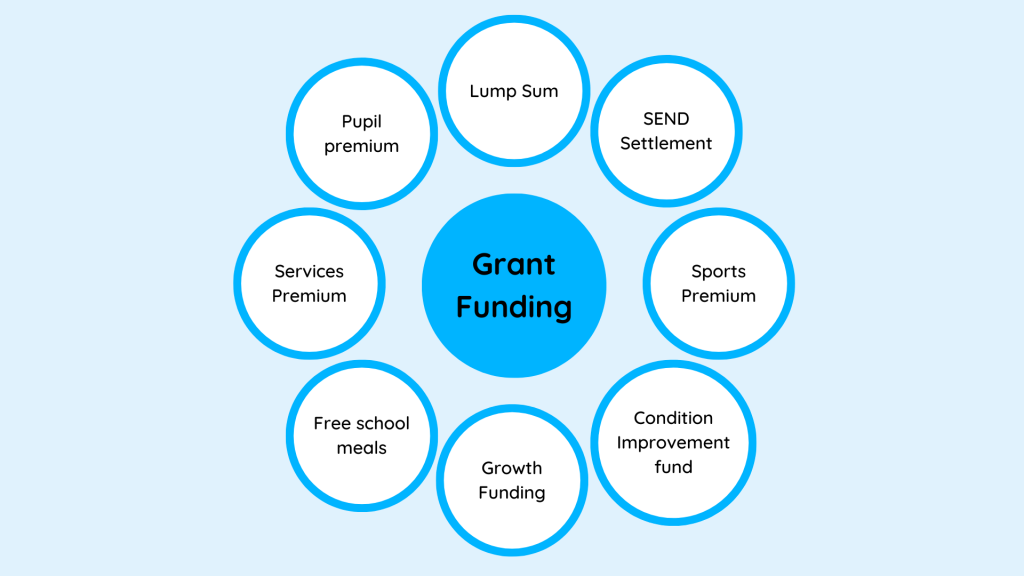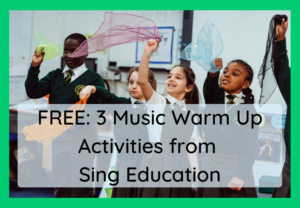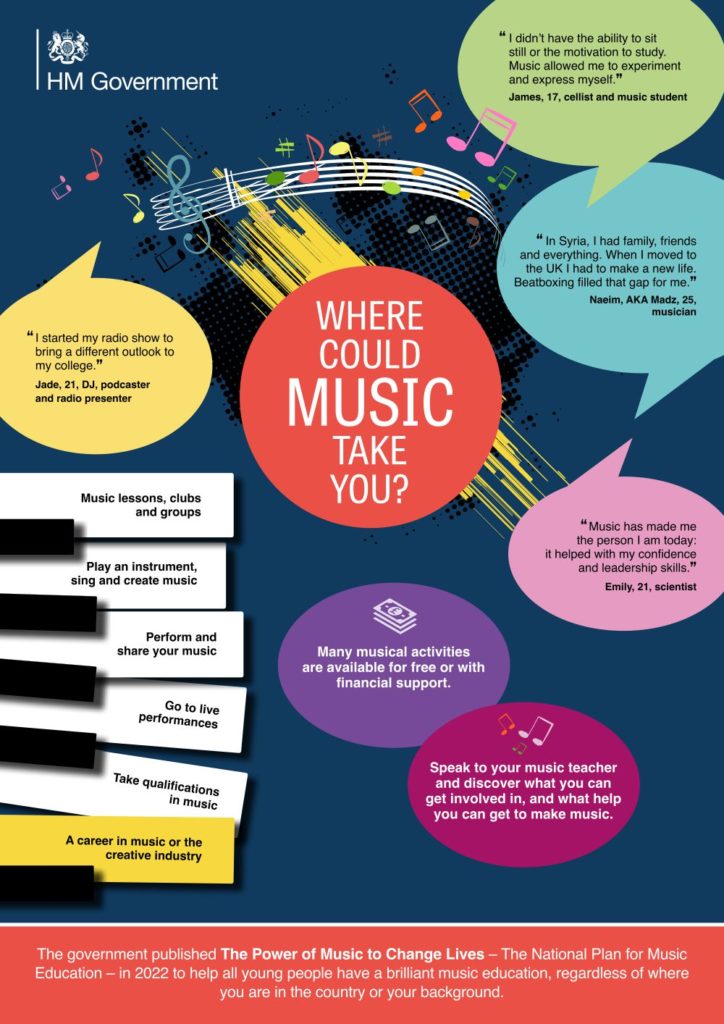
It’s budgeting season. Schools are under pressure due to Covid catchup, rising staff costs and runaway energy bills. Better budgeting means saving on expenses and also raising revenues. Music helps with both.


Top down? Bottom up? A bit of both?
Core funding, capital funding, grant funding?
NFF, pupil premium, lump sums?
Overspend, underspend, no spend?
Yes, you guessed it.
It’s January and Sing Education are talking all things school budgeting.
“It’s an ongoing debate whether schools have enough funding or not. While government has approved an additional £4bn rise in funding for schools to help improve education across the UK, or 5% per pupil in real terms, there is no doubt that challenges still remain.” ENT


Let’s start with ICFP.
Now while the idea of linking curriculum and financial planning is not new – most schools probably use some ICFP processes already when reviewing their curriculum or financial strategy – ICFP is still the DfE’s preferred management process for helping schools plan the best curriculum for their pupils with the funding they have available.
ICFP involves measuring your current curriculum, staffing structure and finances, and using the data to create a 3- to 5-year plan.

Some tips to make it work best?
Incorporate as many variables as possible to help measure current usage figures and to forecast future resourcing needs. Look closely at macro categories like those below and make some data-informed assumptions about how they may change in the coming year:
Is your roof nearing the end of its useful life? Has a residential development just added 400+ families to the catchment? Will you need new instrumental kit for the music room in light of changing curriculum standards? Use these data points to make stronger forecasting assumptions re: your upcoming budget.
And of course, if you’re like most schools, human capital-related costs still represent the biggest line items in your budget.
According to Amanda Wilson, headteacher at St Alfege with St Peter’s CE Primary School, Greenwich, “The majority of [our] budget goes towards staffing costs. In an ideal world, 70-80 per cent of your budget should be allocated towards staff pay, including on-costs such as pension contributions and national insurance. [That said,] in reality, for a lot of schools – including my own – this percentage is higher.” TES
And one last tip – don’t forget to account for “outlier” factors such your school’s particular staffing structure, experience levels of current teachers and pay increases that the government has agreed to but doesn’t explicitly fund. These factors may impact your situation differently to the national average.
It’s January. And the start of the new budget year is just around the corner. Though the timeline may seem pressurised – given that schools have just returned from Christmas break – if you’re a maintained school, you, your SLT and subject leads are absolutely gearing up for April to make the most of your fresh start.
Given our experience with partner schools, Sing Education know that “throughout February and March, schools will also likely be forecasting next year’s budget, while reviewing their current budget to identify any areas for improvement or any underspend.” SPR

Why?
Because there’s always the spectre of the local authority “claw-back.”
At the end of 2021, Sprint Education conducted their most in-depth education survey ever, capturing insights from over 3,210 teachers and school staff.
In addition to identifying key termly spending patterns, Sprint also noted that “[a]t the end of the financial year, local authorities can claw back unspent funds. Schools will, therefore, be keen to use up any surplus budget before the end of the financial year to avoid losing it.” SPR
So not only are schools in the midst of financial planning for 2023-24, they may also be trying to avoid any underspending in the current year.
As a result, SLT teams may be in the midst of concurrent, rapid-fire exercises to bid for, evaluate and finalise investments that need to be actioned by the end of this fiscal year. That’s a lot of pressure.


Did you know that building an excellent primary music programme can actually HELP expand school funding and go a long way to solving your key budget concerns?

First, let’s consider how music can increase school revenues:
And secondly, let’s consider how you can think creatively about budgeting for the required music roles within your school.
To start, let’s agree. Good quality music education is at risk.
As budgets are increasingly streamlined, schools are under
tremendous pressure to do more with less. And sadly music education can be one of the first casualties of this economic reality. Despite Ofsted encouraging – mandating even – a broad and balanced curriculum for primary schools, when there is less budget to go around, schools are frequently forced to forgo hiring a full-time music teacher. In order to make the numbers work, headteachers have to reduce their school’s music offering or get very creative in allocating teaching resources – for example, using music to provide PPA cover.
This is where Sing Education comes in.
We know that Sing Education’s teaching, recruitment, staff development and school support service represent the highest standards in curricular music.
In addition, unlike other curricular music services or packaged provision alternatives, Sing Education have invested extensively over the last six years in developing our own bespoke teaching resources. Having seen the results first-hand in the classroom, we are confident that our programme offers tremendous value to schools and pupils.
But don’t just take our word. “We’re absolutely delighted with our Sing Education specialist” “We are really excited about the future of music for our children.” That’s what our schools say.

Founded in 2014 and serving more than 16,000 children each week, Sing Education is a first class provider of primary school music education. Focusing on high-quality, singing-led tuition, we deliver a complete solution for schools which includes teacher recruitment, training and management, bespoke curricular resources and educational consultancy services.
Through music lessons, singing assemblies, choirs, after school clubs and instrumental tuition, Sing Education works with students from Nursery right through to Year 6. Our core philosophy is that “Every Child Has A Voice,” and, as educators active in the classroom, our directors and teachers know firsthand how much young learners benefit from exciting, rewarding music education.
#SingEducation #MusicInFocus #HubsAndSpokes
Sources:
Building a thriving music department on a small budget MTA Music Teachers Association
